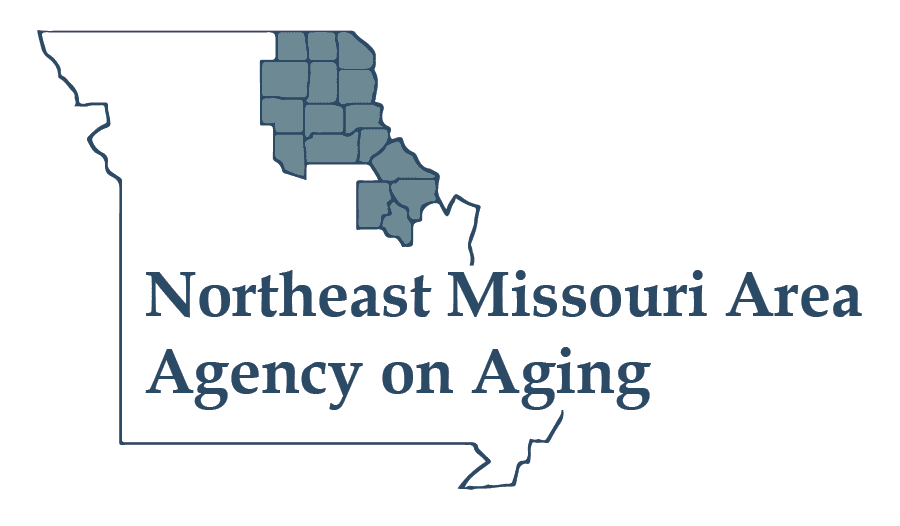Falls are the leading cause of injury among older adults, often leading to severe consequences such as fractures, hospitalization, and even loss of independence. Falls Prevention Awareness Week, observed each September, emphasizes the importance of recognizing the risks of falls and taking steps to prevent them.
Let’s explore the causes of falls, their impact on older adults’ health, and practical steps that can be taken to reduce the risk of falls.
Identifying the Causes of Falls
Falls can occur for various reasons, ranging from physical to environmental factors. Physical factors include muscle weakness, balance issues, and chronic conditions such as arthritis or diabetes. Medications that cause dizziness or drowsiness can also increase the likelihood of a fall.
Environmental factors play a significant role as well. Hazards like loose rugs, poor lighting, and cluttered walkways create an unsafe environment that can lead to falls. By recognizing these risks, you can take steps to minimize them and create a safer living space.
Health Consequences of Falls
The most common injuries from falls include fractures, especially in the hips, wrists, and spine. These injuries can lead to long-term disability, requiring extensive rehabilitation and sometimes resulting in permanent loss of mobility.
Beyond physical injuries, it can also have psychological effects. The fear of falling again can lead to a loss of confidence, reduced activity levels, and social isolation. This fear often contributes to a decline in overall health and quality of life.
Practical Steps for Fall Prevention
Fall prevention involves a combination of strategies that address both physical and environmental factors. Here are some effective ways to reduce the risk of falls:
1. Strengthening and Balance Exercises
Regular exercise helps improve muscle strength and balance. Walking, swimming, and specialized balance exercises can help maintain physical fitness and reduce the risk of falls. Tai chi, a gentle form of martial arts, is particularly effective in improving balance and coordination.
2. Reviewing Medications
It’s important to review all medications with a healthcare provider regularly. Some medications can cause side effects like dizziness or drowsiness, which increase the risk of falls. Adjusting the dosage or switching medications can make a difference in fall prevention.
3. Making Home Modifications
Creating a safe home environment for seniors helps prevent falls. Simple changes like securing loose rugs, improving lighting, and installing handrails in bathrooms and stairs can greatly reduce the risk of falls. Removing clutter and providing clear walkways throughout the home is also necessary.
4. Regular Vision and Hearing Checks
Vision and hearing problems can increase the risk of falls, making it harder to move around safely. Regular check-ups with an ophthalmologist and an audiologist will help address any issues promptly. Wearing the correct glasses or hearing aids can reduce fall risk for older adults.
5. Educating and Supporting Loved Ones
Family members and caregivers play an integral role in fall prevention. They must educate loved ones about the risks and encourage them to take preventive measures. Support from family and friends can help older adults stay active, maintain their independence, and reduce their fear of falling.
Encouraging participation in community programs that focus on fall prevention can also provide valuable resources and support.
Stay safe and independent with the support of our team at Northeast Missouri Area Agency on Aging (NEMO AAA). Learn more about our fall prevention programs and resources designed to help you live confidently in your own home. Contact us today to learn more.

